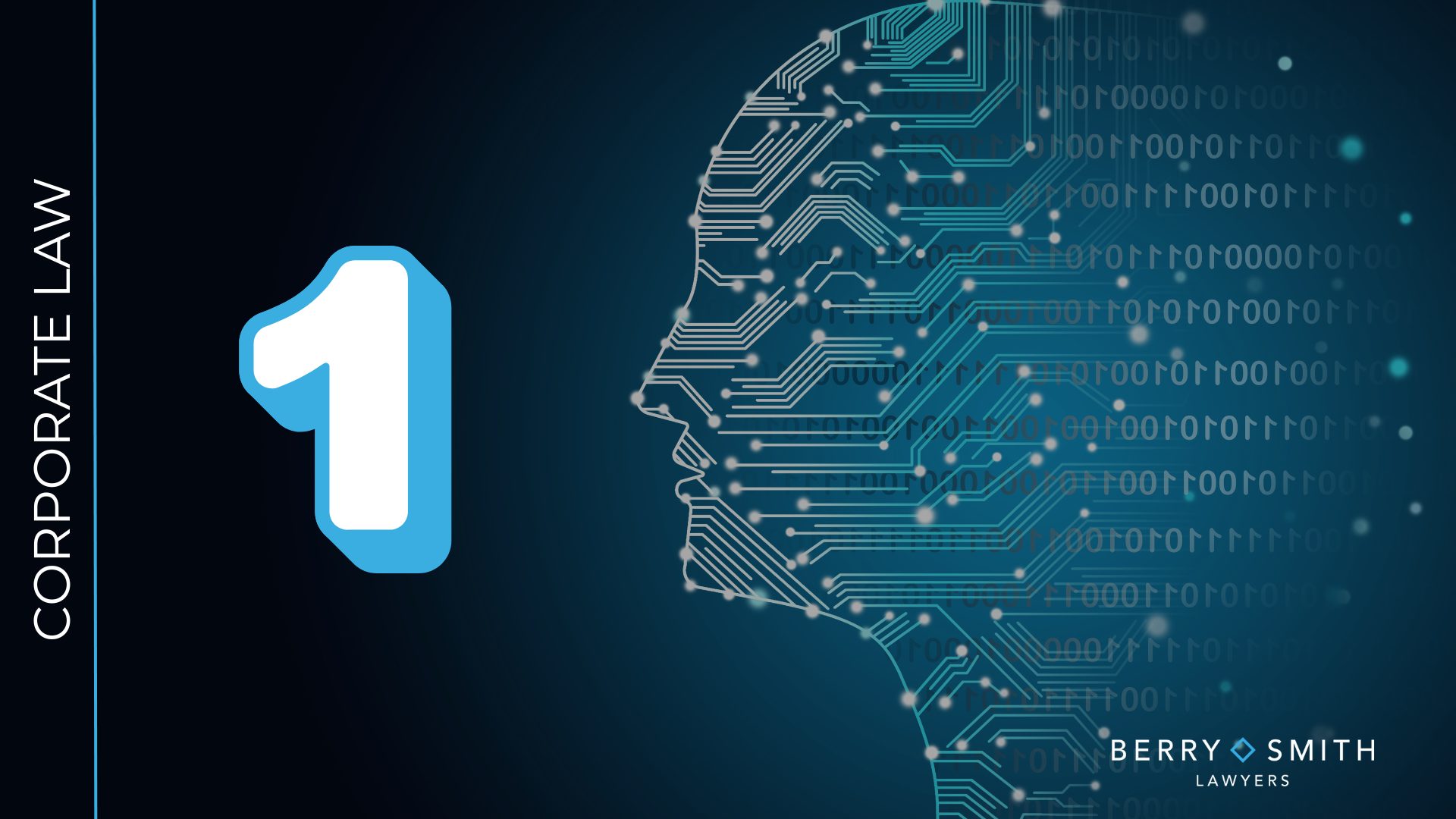Part 1: The Positive Impact of Artificial Intelligence on Corporate Governance and Corporate Law
Artificial Intelligence (AI) has rapidly moved from the periphery to the core of strategic conversations in boardrooms across the globe. While AI integration is still in its early stages, the pace of technological advancement is such that corporate actors are increasingly required to consider how AI can support—rather than disrupt—core governance functions. In this first part of our two-part series, we explore the growing value proposition of AI in corporate governance and law, particularly through the lenses of efficiency, compliance, oversight, and decision-making.
—
Enhancing Corporate Decision-Making and Oversight
AI is transforming board-level decision-making by enabling the rapid analysis of complex, high-volume data—providing insights that go far beyond human capability. This enables boards to access detailed insights that support more informed, evidence-based decisions.
AI tools can simulate strategic scenarios, assess outcomes, and document decision paths—enhancing board transparency and demonstrating diligence. They also counteract common governance pitfalls like bias, groupthink, and executive overreach, offering a more balanced and objective perspective.
AI’s ability to monitor KPIs and strategic goals in real time supports agile, responsive governance. As AI becomes embedded in board processes, it is also likely to reshape the structure and size of corporate boards themselves. Smaller boards may become the norm, leveraging AI to filter and prioritise information efficiently—freeing directors to focus on higher-level strategy rather than information processing.
In this way, AI not only enhances decision quality but also reconfigures the institutional architecture of governance, promoting a leaner, more transparent, and strategically focused boardroom culture.
Strengthening Risk Management and Compliance
AI is transforming corporate risk management by enabling real-time, predictive monitoring of operational, financial, and reputational threats. Through pattern recognition and data analytics, companies can now pre-empt issues before they escalate. Traditional reporting cycles are giving way to AI-driven, on-demand reporting, delivering timely insights to stakeholders and once again boosting transparency.
Advanced systems provide holistic oversight—tracking everything from employee conduct to supply chain vulnerabilities—and support agile responses to emerging risks. AI tools like automated legislation trackers also help companies stay ahead of changing regulations, reducing manual compliance burdens.
As AI becomes more embedded in governance, we may start to see shifts in personnel needs—more data scientists, fewer traditional compliance officers—repositioning AI as a core enabler of proactive, resilient corporate governance.
Revolutionising Corporate Administration and Secretarial Functions
AI and distributed ledger technologies (DLT) are reshaping company secretarial practice, particularly in jurisdictions transitioning from paper-based systems. In the United Kingdom, Companies House’s “Digital First” strategy showcases early adoption—using automated voice systems to guide users through incorporation and direct them to digital services.
Post-incorporation, AI tools are increasingly automating filings. Machine learning and smart contracts can flag incomplete or inconsistent submissions, enhance accuracy, and improve the timing of regulatory reports. DLT offers further transformation by managing internal registers, executing share allotments, and supporting routine reporting through self-executing smart contracts.
Governance mechanics are also evolving. Blockchain-enabled proxy voting, for instance, allows secure and transparent shareholder participation, particularly during general meetings. These innovations are streamlining compliance and freeing governance professionals to focus on strategic advisory roles—marking a shift toward smarter, more efficient corporate administration.
Empowering Regulatory and Legal Functions
AI is reshaping not just how corporate law is applied, but how it’s drafted and enforced. Legal teams are now using AI for tasks like contract review and compliance audits—but the shift runs deeper. Lawmakers are beginning to design legislation in machine-readable formats, enabling AI to support real-time compliance and streamline regulatory reporting.
This “AI-first” approach mirrors past reforms like the UK’s “think small first” model, signalling a move toward digital-ready legal frameworks. Countries like New Zealand are already embedding algorithms into law-making, while the UK’s sector-led model allows more flexibility but could potentialy create gaps without coordinated oversight.
Regulators, too, are using AI to analyse large volumes of filings, detect anomalies, and surface early signs of misconduct. This marks a move toward proactive, data-driven enforcement—where real-time monitoring could replace traditional, reactive models of oversight.
Supporting Transparency and Stakeholder Engagement
AI is rapidly transforming corporate transparency by enhancing processes like shareholder engagement. Blockchain-based proxy voting systems, for instance, streamline participation at general meetings, reduce logistical burdens, and ensure traceability, immutability, and real-time auditability, promoting greater trust among shareholders.
A key benefit of AI is its ability to reduce information asymmetry among stakeholders. By ensuring equitable access to timely, accurate data, AI helps level the playing field and diminishes power imbalances in corporate governance, promoting more democratic and participative decision-making.
AI is also supporting boards in moving towards a more stakeholder-inclusive approach. By analyzing stakeholder sentiment, reputational risks, and forecasting social or environmental impacts, AI enables boards to make more informed decisions that go beyond traditional financial metrics.
As AI continues to evolve, its role in improving governance efficiency, enhancing transparency, and increasing stakeholder engagement will only grow. While it cannot replace human judgment, AI is becoming an indispensable tool for fostering accountability and trust in corporate structures.
—
As this article demonstrates, the positive potential of AI in corporate governance and law is immense. However, the benefits come with corresponding responsibilities and challenges. In Part 2, we will explore the legal, ethical, and operational risks that accompany AI deployment—and how boards can navigate them.
